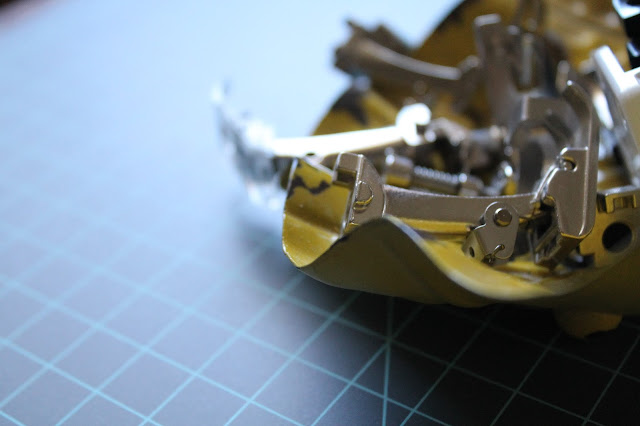Protecting Your Sewing Investments When Disaster Strikes
Unexpected things happen, well... they happen unexpectedly. Today we're going to cover some options available for protecting your sewing investments when disaster strikes. Sewing machines range wildly in value from under $100.00 to well over $8,000.00 (and more!) when you get into specialized machinery and hi tech options. For myself and so many others- our livelihoods, our families are supported by the craft we love. I felt like it was an important topic to cover for all of to understand the importance and value of protecting your sewing machines and supplies while unearthing some things you might've thought you knew but didn't. I'll also be sharing some insight from a sewist who lost her entire home studio to a house fire with tips on how to navigate a claim if the worst case scenario happens to you. Read: I am not an insurance professional and your best option would be to contact your local provider with any detailed questions.
What types of insurance will cover your home sewing studio?
Homeowners Insurance & Renters Insurance
For a hobby sewist your homeowners/renters plan will cover your sewing machine, thread, and notions under contents. Keep a record of your stash by regularly taking a photograph of your book shelves, thread drawers oozing with bright Aurifil threads, and good gravy! don't forget about your fabric! Keep receipts for your machine purchases in a file. State Farm offers up a nifty index that will help you expedite the process if disaster ever strikes. I can't imagine I'd be able to accurately account for all of the items I have in the studio after any devastating experience. Taking a little time today will give you some peace of mind.
Right now it's hard to imagine a tornado, hurricane, earthquake or burglar striking your home or studio but it wasn't so long ago a friend of mine was settling into bed when her house caught fire. She and her family were able to get out in time but everything from her sewing machines, to fabric, to spools of threads needed to be replaced. Another friend of mine recounts the day a 100 foot tall tree nearly came through her roof the small amount of damage that was done had her saying graces knowing that only a few more inches or feet further the damage would've been done to her home studio.
Important things to know and consider:
You need to understand how they value your sewing machine & what type of replacement options they actually offer. Actual cash value will replace your property at cost minus depreciation. Allow me to break that down: If you're sewing machine cost $1000 today to replace it, your adjuster may only reimburse you $600. This trend carries on with all of your belongings.
Even if you currently have insurance I urge you to contact your provider and ask questions. Many insurance providers I looked at only offer the cost to replace the items with a comparable product. I'm not confident that your adjuster realizes a your favorite BERNINA sewing machine isn't just another sewing machine.
I consulted with my insurance savvy friend Jackie, and asked her to help me navigate the waters and get the protection I needed on my own machines. Her exact words were, "Insurance can be tricky, if you're items aren't insured properly you can get screwed." Well, obviously we don't want that to happen. Jackie explained that standard coverage not only depreciates value but also has a max pay out- in many cases this is where people realize how under insured they really are. She suggested that in addition to having my renters insurance I schedule my machines. This tidbit it applicable for anyone who has a significant chunk of change invested in your machinery.
To schedule an item on your insurance means you're specifically listing it. As all providers are different you'll likely be asked to provide a photograph and ask for receipts. Scheduling your machine is taking additional coverage for that particular item- in the event of a fire, theft, or disaster you will be compensated for the complete cost. Generally speaking this added protection runs about $25 per $1,000.
Sewing as a hobby or a way of life we are investing significant amount of money (and time) on fabrics, notions, patterns, and different machines. I feel like it's a conservative gesture to assume any avid maker is spending upwards of $2,000/year in supplies alone. These are items we've hand picked to fit our tastes, our style, our needs. Fabrics we've been longing for, fabrics we wrap our newborns with. We're creating bits of legacy with each stitch of quilt. Rooting our love and the art so deeply that it hurts my heart to even imagine such a travesty affecting a friend of a friend, or anyone in our communities- let alone myself. I hope that sharing a little bit of information with you today will open the air for greater conversations and questions in the comments. I look forward to connecting with you there.




Comments
Post a Comment